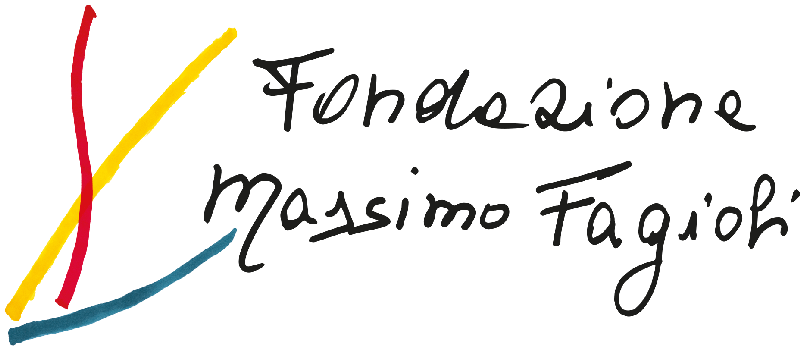Psychotherapy of psychosis is a challenge for the clinician because it presents him “the maximum of mental illness”, thus requiring knowledge, resistance, personal and professional identity.
Our goal is to show how the theory of birth provides a psychotherapy of psychoses since it proposes such a comprehensive theory on the functioning of mental reality, in particular unconscious, that it resolves, in its articulation, key etiopathogenetic and methodological aspects, while other attempts have failed.
In comparison with some authors, who were pioneers in the psychotherapy of psychoses, we analyse the reasons why, in history and for history, their psychotherapeutic practice has failed to structure itself and evolve. In fact, the study of these experiences allows us to focus on some theoretical-methodological aspects that are salient for the psychotherapy of psychoses, which have proved to be insurmountable obstacles in the experiences we talk about, thus contributing to a general climate of scepticism and mistrust on the effectiveness of dynamically oriented psychotherapy in psychosis, and which the theory of birth succeed to redeem instead. This is especially clear in Death Instinct and Knowledge that begins with the analysis and psychotherapeutic proposition of a clinical case of schizophrenia.
The authors addressed, H.S. Sullivan and F. Fromm-Reichmann, merely develop a critique, albeit courageous and precise, of some aspects by proposing operational concepts for single phenomena, but always remaining deeply linked to the Freudian anthropological view.
The model of the interpersonal field theorised by these authors focuses observation and therapeutic practice on communication and behavioural matters, which are however conscious matter, thus losing sight of the profound. Indeed, the processes of the unconscious are excluded from the investigation because not observable and/or communicable. The research on the destructive and aggressive human dimensions is thus limited to a manifest level and a socio-environmental view. The theory of birth, instead, highlights that interhuman violence is linked to pulsional dynamics.
Relevance
Massimo Fagioli, in all his theoretical corpus beginning with Death Instinct and Knowledge, proposes an overcoming of the Unbewusste, which is the unknowable Freudian unconscious, with a theory on the unconscious mental reality, thus making its dimensions knowable and manageable. In particular, with regard to psychotherapy of psychoses, he proposes, unlike the mentioned authors:
– the existence of an Ego since birth, as opposed to the Ego that begins with the breastfeeding relationship,
– the Ego as identity, opposed to the Ego as identification,
– anguish as a result of a pulsional event, opposed to anguish as an ontogenetic dimension and fundamental principle of the organization of the self,
– the essential need to distinguish “the particular world” of the schizophrenic, who identifies a qualitative diagnosis, as opposed to an idea of a continuum in which the difference between health and disease is only quantitative,
– a therapy conceived as transformation, opposed to a therapy as acceptance and assimilation of the ill dimensions,
– the therapeutic relationship aimed at the separation, by means of the disappearance’s fantasy, from destructive non-conscious dimensions, as opposed to the therapeutic relationship aimed at restoring and replacing the primary pathogenetic relationship.
Bibliography
- Fagioli, M. (1972-2017). Istinto di morte e conoscenza. Roma: L’Asino d’oro
- Fagioli, M. (1974-2011). La marionetta e il burattino. Roma: L’Asino d’oro
- Fagioli, M. (1974-2012). Teoria della nascita e della castrazione umana. Roma: L’Asino d’oro
- Fagioli, M. (1980-2013). Bambino, donna e trasformazione dell’uomo. Roma: L’Asino d’oro
- Fagioli, M. (2010). Insulinoterapia e psicoterapia di gruppo: valore psicoterapeutico del “senso della schizofrenicità. Il Sogno della farfalla, 1, 11-21.
- AA VV. (2001). Problemi di Psicoterapia nel 1962-1963: un dibattito. Il sogno della farfalla, 1, 25-99.
- De Simone, G. (1997). I fattori terapeutici nella psicoterapia delle psicosi, Il sogno della farfalla, 1, 25-99.
- AA VV. (1997). Dibattito. Il sogno della farfalla, 1, 28-52.
- Sullivan, H.S. (1962-1993). Scritti sulla schizofrenia. Milano: Feltrinelli
- Sullivan, H.S. (1957-1975). Il colloquio psichiatrico. Milano: Feltrinelli
- Conci, M. (2000). Sullivan rivisitato. Bolsena (VT): Massari
- Fromm-Reichmann F., Principi di psicoterapia, (1950), 1972, Milano: Feltrinelli
- Fromm-Reichmann, F. (1959-1975). Psicoanalisi e psicoterapia,(1959), 1975, Milano: Feltrinelli
- Hornstein, G.A. (2000). To redeem one person is to redeem the world. N.Y.: The Free Press
- McGlashan, T.H. e Keats, C.J. (1989-1997). Schizofrenia. Milano: Raffaello Cortina.
- Greenberg, J.R. Mitchell, S.A. (1986). Le relazioni oggettuali nella teoria psicoanalitica. Bologna: Il Mulino
- Greenberg, J. (2015). Non ti ho mai promesso un giardino di rose. Roma: L’Asino d’oro
- Cancrini, L. Ciani, N. (1969-1984). Schizofrenia. Dalla personalità alla malattia. Roma: Il pensiero scientifico
- Arieti, S. (2014). Interpretazione della schizofrenia. Roma: L’Asino d’oro
